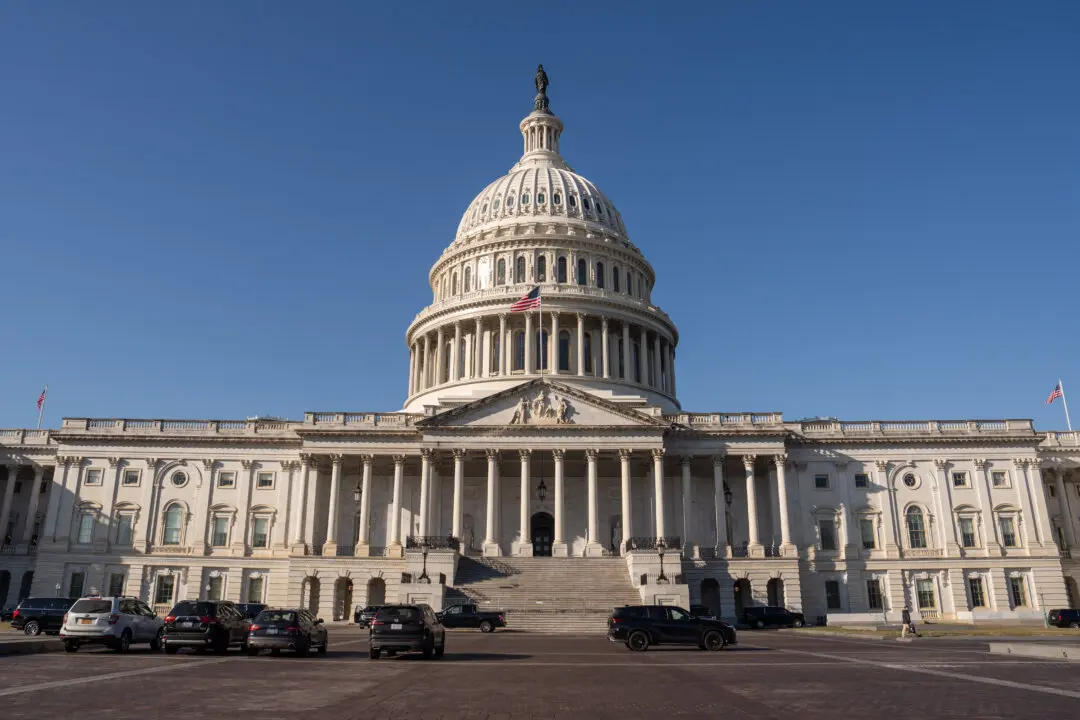It was a rough summer for drag queens, with uproars over public library story hours and bruising boycotts against Jack Daniel’s for promoting drag shows in its advertisements routinely making news.
Meanwhile, conservative across the country, as they prepared to vote in 2022 midterms, were expressing discomfort—and for some alarm—over what many saw as a seemingly-pugilistic promotion of transgender and LGBTQ+ rights, vowing to restore “normalcy,” if possible, with their ballots.





